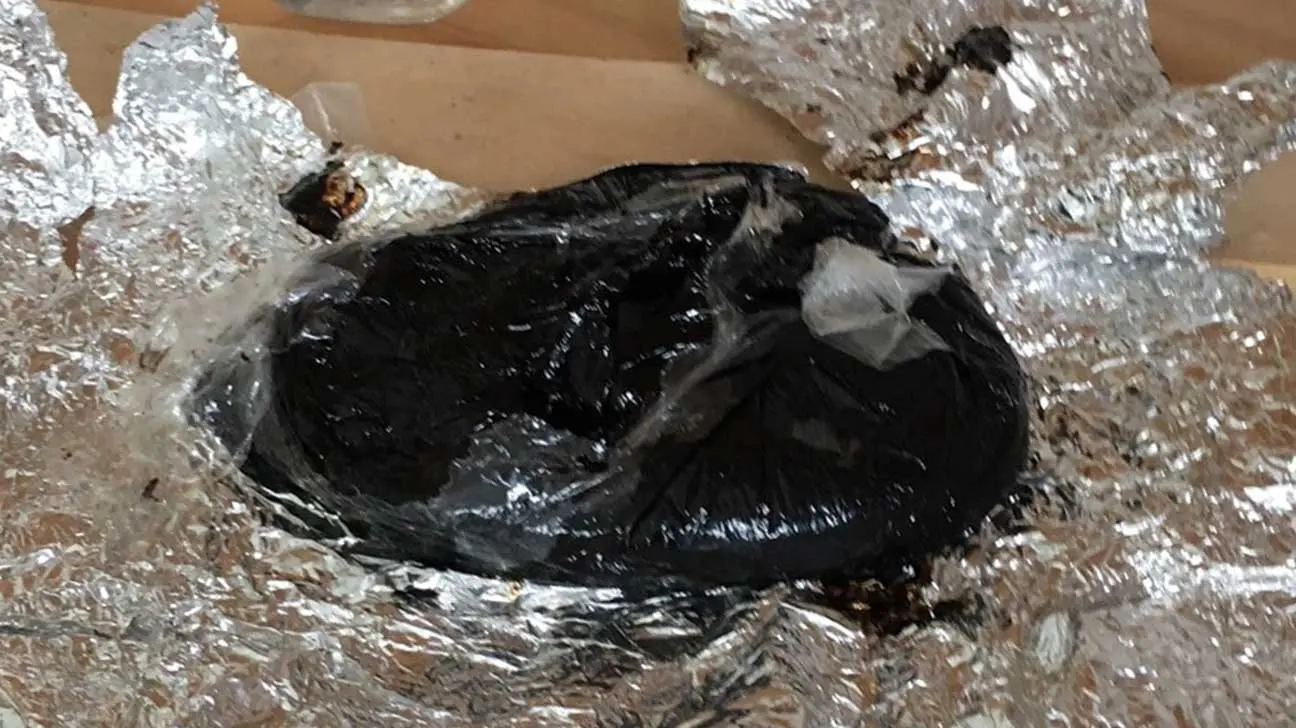
Black tar heroin is a crude form of the drug that is usually black and sticky in appearance. It is commonly referred to as Mexican black tar heroin.
This is due to it being mainly supplied by Mexican drug trafficking cartels, through territories west of the Mississippi river.
Learn more about black tar heroin abuse and addiction
How Mexican Black Tar Heroin Differs From Powder Heroin
Black tar heroin ranges between 25-30% purity, while powder forms of heroin tend to have a higher purity level.
Lower purity levels reduce the cost of purchasing the drug, as compared to other forms of high-quality heroin, such as white Asian heroin and brown powder heroin.
While tar and powder forms of heroin may vary in purity and appearance, all varieties of heroin expose the user to risks of side effects, addiction, overdose, and death.
How Is Mexican Black Tar Heroin Used?
Black tar heroin is commonly smoked or injected. The drug may also be ground into a fine powder to snort, however, this method is less common.
When black tar heroin is injected intravenously, the drug is dissolved in water and injected with a syringe. Injecting the drug directly into the bloodstream leads to a rapid and euphoric high.
People who smoke black tar will place a small amount of the drug on a sheet of aluminum foil and apply heat to the drug, producing vapors that are inhaled through a glass tube.
Paraphernalia associated with black tar heroin use includes:
- syringes
- aluminum foil
- glass tubes
- glass pipes
- spoons
Side Effects Of Mexican Black Tar Heroin
People who inject black tar heroin are at great risk of developing life-threatening bacterial infections due to contaminated drug supply and syringes.
Repeated injections of the drug often lead to vein and tissue damage.
The drug itself often contains toxic additives that may cause necrotizing skin infections, subcutaneous infections, and damage to the kidneys, liver, brain, and lungs.
Common side effects attributed to black tar heroin include:
- venous sclerosis
- tetanus
- necrotizing fasciitis
- wound botulism
- gangrene
- blood-borne infections, such as HIV and Hepatitis
- abscesses
- sepsis
- heroin overdose
Getting Help For A Mexican Black Tar Heroin Addiction
All forms of heroin, including prescription opioids, can lead to tolerance, chronic addiction, and overdose.
Without aggressive substance abuse treatment, many individuals who have become addicted to heroin struggle to achieve sobriety.
If you or a loved one has a Mexican black tar heroin addiction, or if you have questions about rehab programs, contact an addiction specialist today.
Addiction Resource aims to provide only the most current, accurate information in regards to addiction and addiction treatment, which means we only reference the most credible sources available.
These include peer-reviewed journals, government entities and academic institutions, and leaders in addiction healthcare and advocacy. Learn more about how we safeguard our content by viewing our editorial policy.
- Drug Enforcement Administration (DEA) — National Threat Summary
https://www.dea.gov/sites/default/files/2018-07/hq052215_National_Heroin_Threat_Assessment_Summary.pdf - National Center for Biotechnology Information: National Institutes on Health (NIH) — Treatment of heroin addiction
https://www.ncbi.nlm.nih.gov/pmc/articles/PMC1972884/ - National Center for Biotechnology Information: National Institutes on Health (NIH) — The Textures of Heroin: User Perspectives on “Black Tar” and Powder Heroin in Two US Cities
https://www.ncbi.nlm.nih.gov/pmc/articles/PMC5027195/ - U.S. National Library of Medicine: MedlinePlus — Heroin
https://medlineplus.gov/heroin.html


